
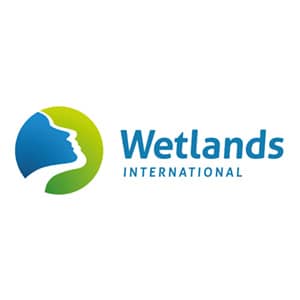
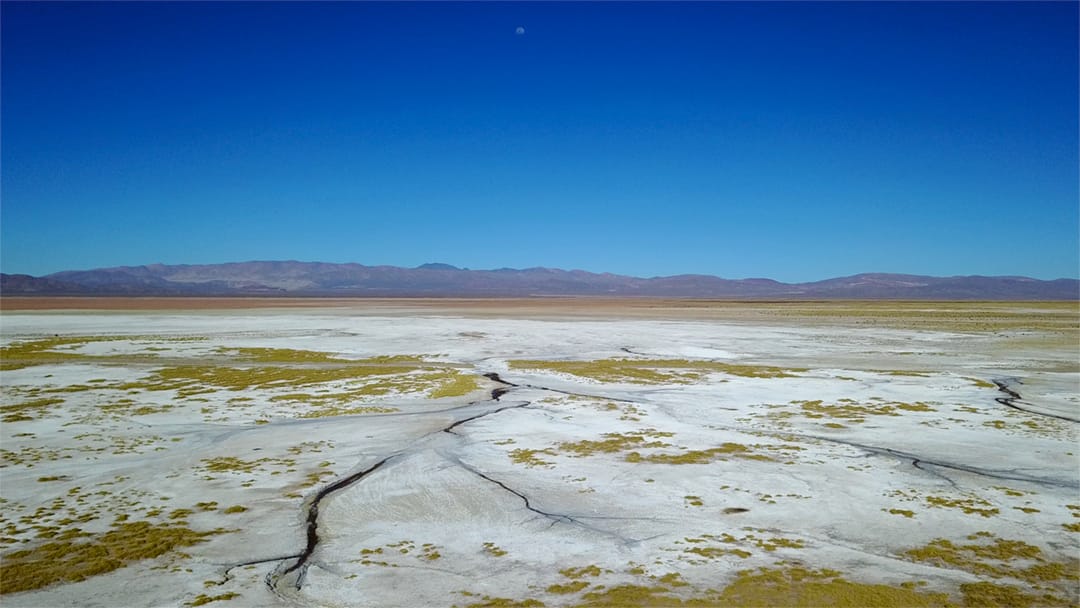
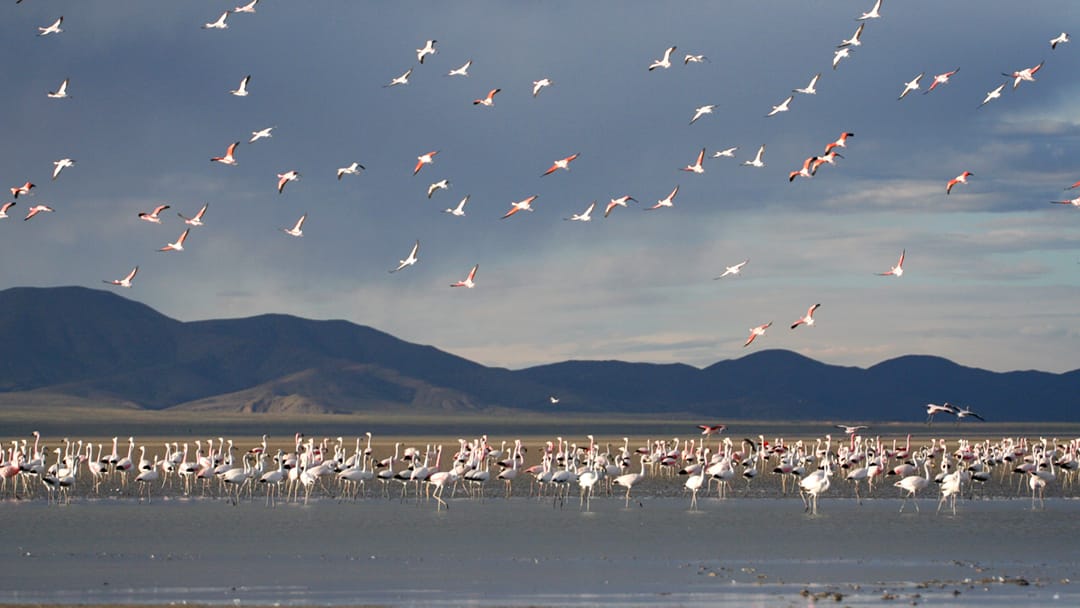

Saving High Andean Wetlands for People and Nature
Since 2017
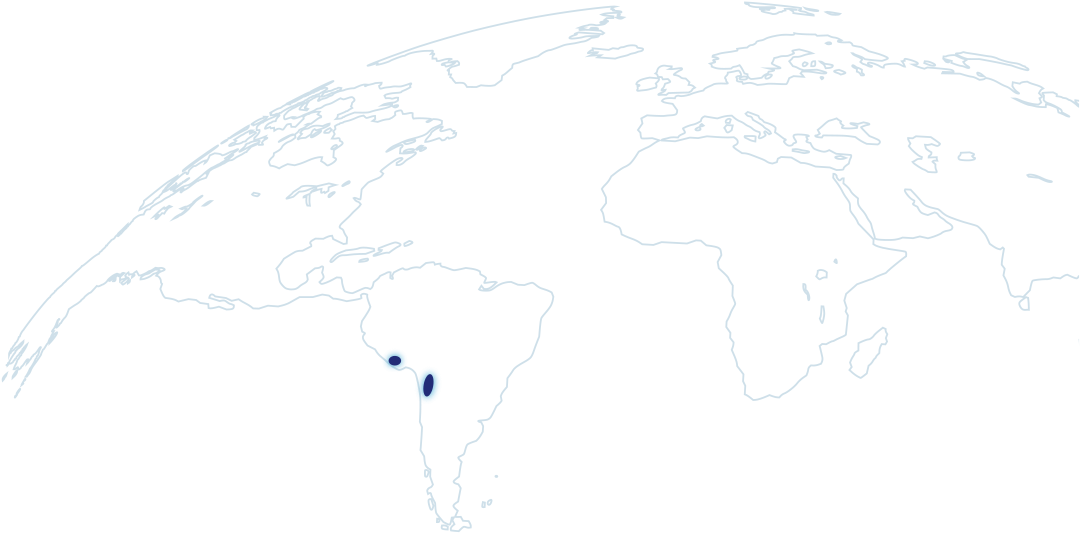
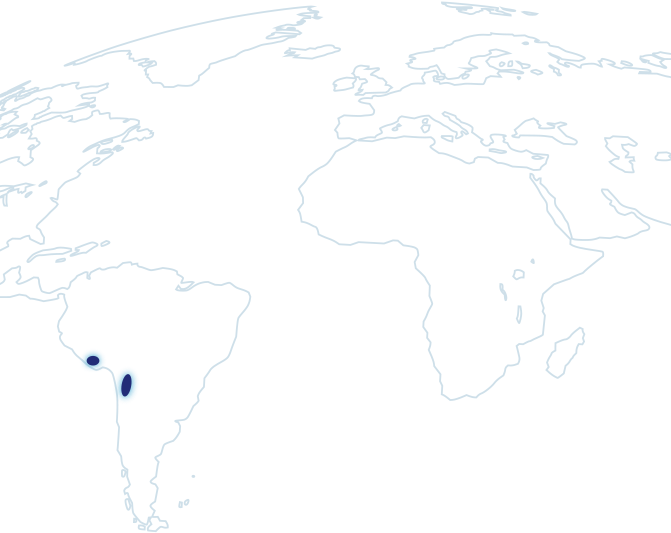
• Peru: ECOAN
• Argentina: FARN, YUCHAN and the Wetlands International Global Office
The cultural heritage of the beautiful and mesmerizing High Andean wetlands is invaluable. These wetlands represent an oasis for biodiversity and people within the Andes of northern Argentina and southern Peru. Their economic value is significant: they supply pasture for llamas and alpacas and provide fuel and food resources to local communities. In addition, they host endemic species and supply water for Lima, the capital of Peru. Moreover, the wetlands capture and store an impressive amount of CO2. However, a century of human activities has affected these ecosystems. In particular unmanaged livestock grazing, climate change and pollution from extensive mining activities have taken their toll.
Wetlands International LAC has been addressing the various threats that affect the High Andean wetlands, in collaboration with the communities of six sites: Pozuelos Biosphere Reserve, Salinas Grandes-Guayatayoc Lagoon, the Wetlands of the Altiplano of Catamarca and Vilama Lagoon in Argentina, and Carampoma-Marcapomacocha and Junin Lake in Peru.
The programme continues to work with the communities on sustainable grazing for cattle, restoring wetland habitat and advocating for better wetland management and protection. A priority is to address the imminent threats from (in particular lithium) mining – in collaboration with local communities, governments and NGOs.
Compiling and using key knowledge about wetland ecology, current uses and threats at the project sites in order to develop and promote guidelines for their sustainable use. The project partners want to demonstrate innovative field-tested approaches to improve livestock grazing practices, wetland management and restoration through pilots in collaboration with both wetland management authorities and local communities. The ultimate goal is to provide a blueprint that can be replicated by other locations in the region.
Including:
See the article(s) below:

Lithium mining, a water intensive industry, poses a huge threat to the High Andean wetlands. Due to the acceleration of the global green energy transition, lithium has been declared a strategic mineral by governments worldwide. In 2021 the pressure to extract lithium from the Argentinian Andes has increased significantly. Wetlands International’s Saving High Andean Wetlands for People and Nature programme has had to step up their work on this threat in the past year.